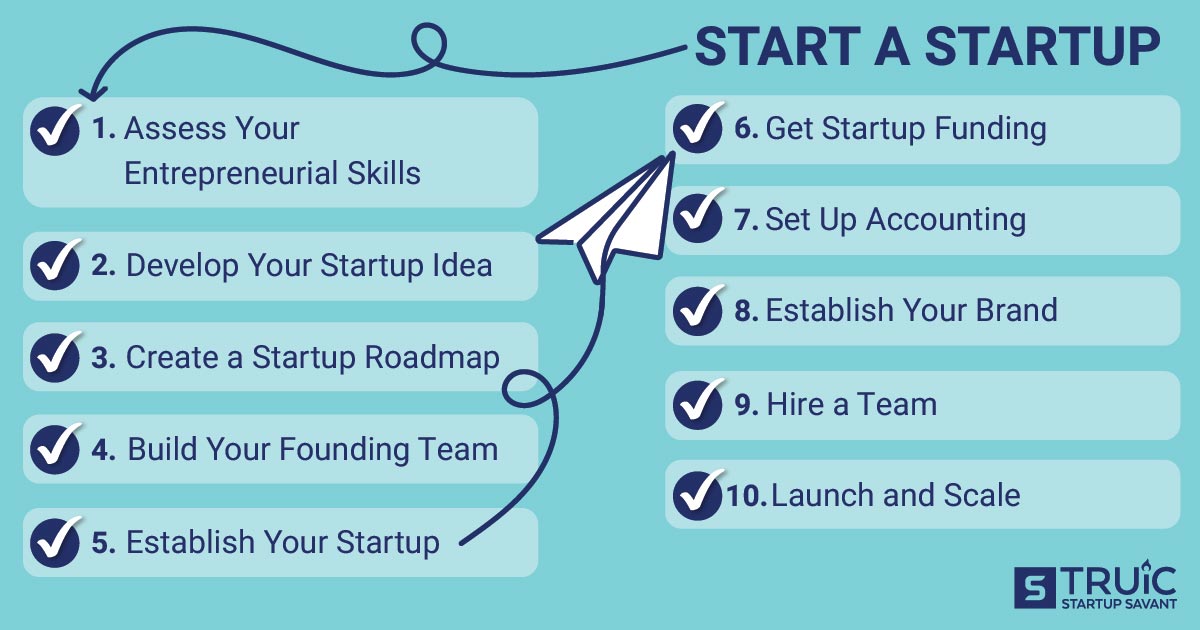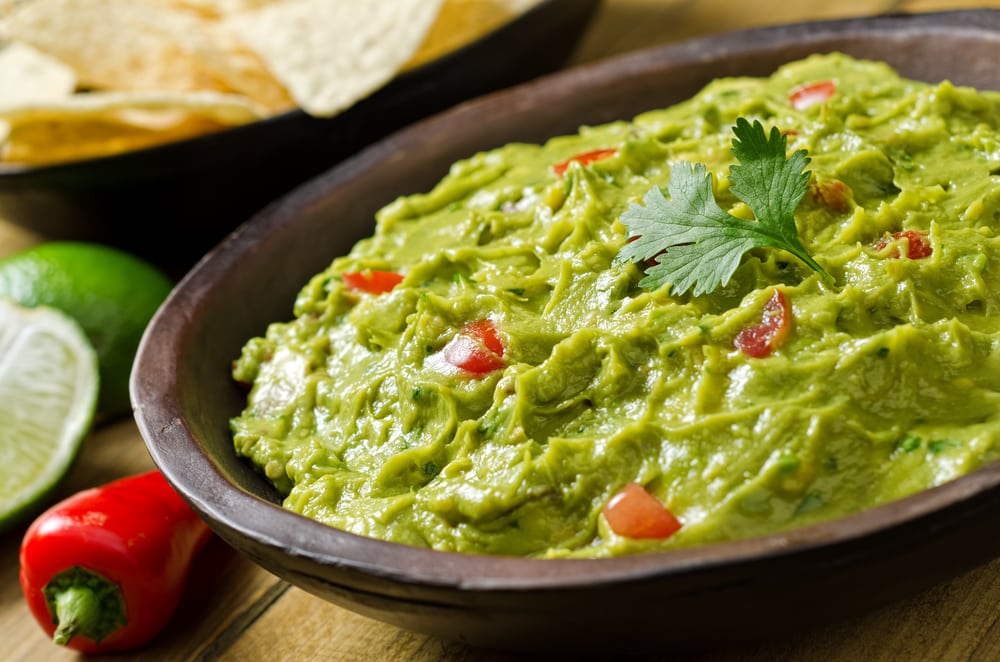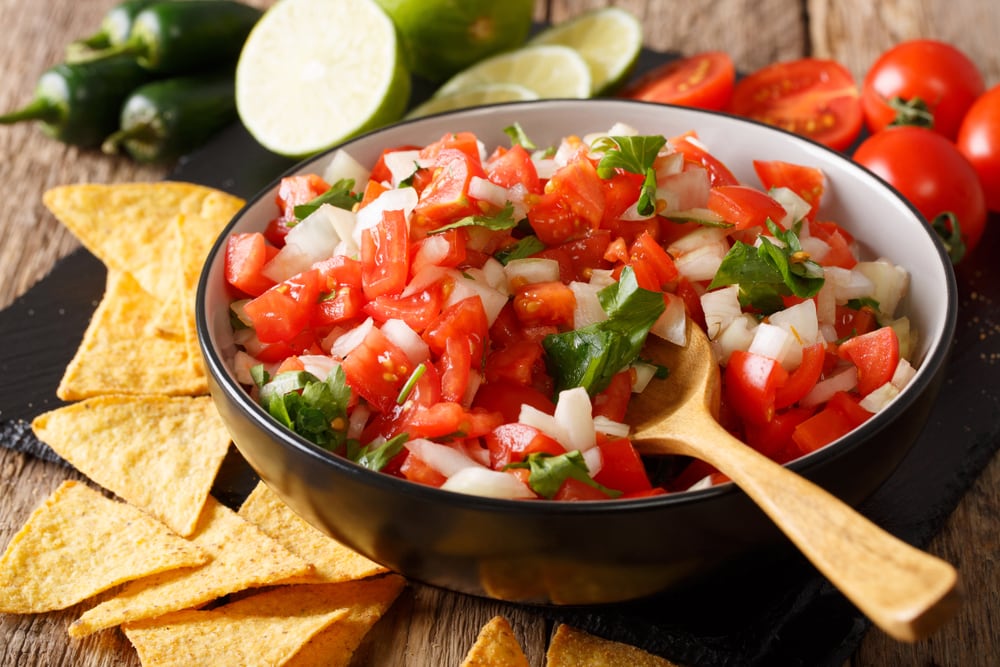Discover Pandipedia
Pandipedia is the world's first encyclopaedia of machine generated content approved by humans. You can contribute by simply searching and clicking/tapping on "Add To Pandipedia" in the answer you like. Learn More
Expand the world's knowledge as you search and help others. Go you!
Some of the rarest sports in the Olympics include:
200 metres obstacle race - Featured only at the 1900 Paris Olympics, where competitors navigated various barriers, including boats[2].
Basque Pelota - An official sport in the 1900 Olympics and a demonstration sport in later years[2].
Tug of War - An Olympic event from 1900 until 1920, where teams competed to pull a rope[3][2].
Running deer shooting - Included from 1908 to 1924, where participants shot at a wooden target shaped like a deer[2].
Solo Synchronized Swimming - Debuted in 1984 and discontinued after 1992, involving solitary performances in water[3].
Live Pigeon Shooting - Conducted during the 1900 Olympics, resulting in nearly 300 pigeons being shot[3].
Roller Hockey - Featured in the 1992 Olympics and based on ice hockey rules[3].
Obstacle Race Swimming - Held at the 1900 Games, where swimmers faced various obstacles[3].
Club Swinging - Competed in 1904 and 1932, where athletes twirled clubs[3].
La Canne - A martial art using a cane, featured in the 1924 Olympics[3].
Rope Climbing - An event from 1896 to 1932, where athletes climbed a braided rope[3].
These sports highlight the diverse and sometimes unusual events that have been part of the Olympic Games over the years[2][3].
Let's look at alternatives:
- Modify the query.
- Start a new thread.
- Remove sources (if manually added).
- Request a manual search from our human research team.
Video games have emerged as a vital component of modern culture, shaping individual identities, influencing social interactions, and contributing to economic growth. This report synthesizes various perspectives on the cultural significance of video games, highlighting their impacts on community building, personal expression, and educational opportunities.
Games as Cultural Reflection
Video games serve as a lens through which we can examine contemporary social life. Their rising prominence reflects broader societal trends, contributing significantly to identity formation and community dynamics. They are not merely entertainment but rather cultural artifacts that encapsulate ideas, beliefs, and socio-political narratives prevalent in society. This influence is especially potent as video games allow players to engage with diverse perspectives and experiences, fostering empathy and understanding across different backgrounds and belief systems[1][5].
Community and Identity
The advent of online gaming has transformed how individuals connect and form identities. Players frequently create avatars and personas in virtual worlds, providing an escape from the constraints of their everyday lives. These digital representations allow for exploration of different identities while contributing to a sense of belonging among players[3]. The emergence of social media platforms, such as Twitch and Twitter, has further enhanced this community aspect by enabling gamers to share experiences, strategies, and narratives related to the games they play. Fans of specific games often support each other, creating a network of shared passion that transcends geographical boundaries[3][4].
Video games also foster collaboration and teamwork, particularly in competitive environments such as esports. Players learn to communicate effectively and work towards shared objectives, contributing to the development of social skills and communal bonds[4]. This collaborative aspect of gameplay underscores the role of video games in building meaningful connections among diverse groups of people.
Economic Impact
The video game industry has witnessed exponential growth, becoming a multi-billion-dollar sector that significantly contributes to global economies. Major franchises like 'Call of Duty,' 'Super Mario,' and 'World of Warcraft' have created vast networks of fans and engaged communities, leading to the establishment of conventions and community events that celebrate gaming culture[2]. This economic significance reflects how deeply embedded video games have become in contemporary life, influencing industries beyond entertainment, such as film and music, where video game soundtracks gain recognition and popularity in their own right[2][5].
Educational Tools
Beyond their recreational value, video games are increasingly recognized as effective educational tools. Their interactive nature allows them to engage learners effectively, particularly in subjects like science, technology, engineering, and mathematics (STEM). Educational games provide platforms where students can develop critical thinking, problem-solving, and creativity in an enjoyable context[2][5]. The acknowledgment of video games as serious learning tools illustrates their versatility and potential for fostering a more engaging educational experience.
Therapeutic Benefits
Video games also hold therapeutic potential, with puzzles and strategy-based games being used to enhance cognitive skills and promote mental well-being. Research indicates that activities like puzzle-solving can stimulate cognitive function, improve memory, and offer relaxation benefits[2][6]. The engaging nature of video games allows individuals, particularly those with cognitive impairments, to experience both therapeutic outcomes and a sense of accomplishment, thereby enriching overall quality of life.
Representations and Ideologies
Video games not only entertain but also propagate ideologies and cultural narratives. The content within games often reflects dominant cultural themes, which can perpetuate certain societal norms and values, such as gender roles and political ideologies. A significant concern is the representation of marginalized communities and the potential for video games to reinforce existing stereotypes while also providing a platform for diverse narratives[6][8]. As the industry evolves, the dialogue around inclusivity in video games becomes increasingly important, pushing developers to create content that resonates with a wider audience.
Conclusion
The cultural significance of video games extends far beyond mere leisure activities. They shape how individuals connect, communicate, and express themselves, influencing personal identities and social dynamics. As they continue to permeate various aspects of life—economic, educational, and therapeutic—the importance of understanding video games as cultural phenomena is paramount. Their capacity to foster community and empathy, provide educational opportunities, and serve as a reflection of contemporary society positions video games as vital components of modern culture that warrant critical attention and further scholarly exploration.
Let's look at alternatives:
- Modify the query.
- Start a new thread.
- Remove sources (if manually added).
- Request a manual search from our human research team.
Get more accurate answers with Super Search, upload files, personalised discovery feed, save searches and contribute to the PandiPedia.

To manage a team effectively, focus on clear communication about ongoing projects, goals, and deadlines, ensuring team members feel informed and comfortable approaching you with questions or feedback[2]. Establishing strong relationships with each team member on both professional and personal levels can enhance rapport and trust within the team[2].
Additionally, it is important to recognize individual strengths for effective task delegation and to address any conflicts immediately to maintain a positive work atmosphere[2]. Providing positive feedback boosts team morale and encourages engagement, while leading by example helps to gain your team's respect and commitment[2][1].
Let's look at alternatives:
- Modify the query.
- Start a new thread.
- Remove sources (if manually added).
- Request a manual search from our human research team.
Navagio Beach
An isolated cove on Zakynthos, famous for its shipwreck and surrounded by sheer limestone cliffs and clear blue water[1].
Whitehaven Beach
Located in the Great Barrier Reef, known for its 4.4 miles of pure white silica sand and stunning swirls of blue water[1][4].
Baía do Sancho
Regularly deemed the world's best beach, located on a remote Brazilian island with soft sand and abundant sea life, accessible only by boat or difficult trail[2][4].
Hanalei Bay
Famous for its breathtaking beauty framed by jade-colored mountains, this Kauai beach is popular among surfers[2][3].
:max_bytes(150000):strip_icc():format(webp)/camp-bay-beach-cape-town-south-africa-WRLDBEACH0421-d70da875e2e04870a23271a06d02035c.jpg)
:max_bytes(150000):strip_icc():format(webp)/anse-source-dagent-digue-island-seychelles-WRLDBEACH0421-767c8865b88f49c38afae6cf856ca976.jpg)
Anse Source d’Argent
A picturesque beach on La Digue in Seychelles, known for its unique granite boulders and crystal-clear lagoon[2][4].
:max_bytes(150000):strip_icc():format(webp)/elafonissi-beach-crete-greece-WRLDBEACH0421-50fd96fe8e5e45448d154ae43b38b855.jpg)
Elafonissi Beach
Famous for its pink sands and warm lagoon waters on Crete, providing a natural getaway feel[2][3].
Railay Beach
A stunning beach in Krabi, Thailand, accessible only by boat, framed by limestone cliffs and lush vegetation[3][4].
Long Beach
The longest sandy beach on Vancouver Island, offering scenic views and a backdrop of lush rainforests[1][3].

Punta Rata
A serene beach in Croatia, set against a backdrop of natural beauty and popular for swimming and snorkeling[4].
Playa Manuel Antonio
Within Costa Rica's most popular national park, this beach features calm waters and abundant wildlife[4][6].
Pink Sands Beach
Renowned for its pale pink sand on Harbour Island, offering gentle waves and crystal-clear waters[6].
:max_bytes(150000):strip_icc():format(webp)/cayman-islands-seven-mile-beach-GETWARMQUICK0118-5d5127513d8e4dff8562201e7d8b7ea7.jpg)
Seven Mile Beach
Located in Grand Cayman, known for its soft sand and myriad of water sports activities[2].
:max_bytes(150000):strip_icc():format(webp)/copacabana-rio-de-janeiro-brazil-WRLDBEACH0421-e51adc20de1a4240b47bf9c73561a737.jpg)
Copacabana
A famous beach in Brazil with a lively atmosphere and stunning scenery featuring golden sand and local culture[2].
Playa Bahía de las Águilas
A stunning beach in the Dominican Republic, celebrated for its clear waters and abundant wildlife within a national park[4][6].
El Matador State Beach
A Malibu beach noted for its rocky outcrops and breathtaking vistas, perfect for sunsets[3].

Cabo San Juan del Guía
A picturesque beach in Colombia’s Tayrona National Park, framed by rainforest and known for its stunning panorama[5].

Mnemba Island
An exclusive escape with pristine white sands, accessible only to guests of a luxury resort, perfect for diving[4][6].
Let's look at alternatives:
- Modify the query.
- Start a new thread.
- Remove sources (if manually added).
- Request a manual search from our human research team.
Introduction
In recent years, the field of natural language processing (NLP) has made substantial strides, particularly through the development of large pretrained language models. One significant approach to boosting their performance is instruction finetuning, which involves training these models on datasets formatted as instructions. The research by Wei et al. (2021) and subsequent studies has shown that this methodology enhances the model’s ability to generalize across various tasks, including zero-shot scenarios.
The Importance of Instruction Finetuning
Instruction finetuning has been demonstrated to dramatically improve model performance and generalization to unseen tasks. By leveraging a collection of datasets phrased as instructions, models not only learn to respond correctly to specific prompts but also excel in broader tasks such as reasoning (Chowdhery et al., 2022). The researchers found that instruction finetuning affects model performance significantly when scaling both the number of tasks and the size of the models, underscoring its role in optimizing NLP capabilities.
Exploring the Scaling Factors
The study investigates how scaling impacts model performance through various configurations. It was identified that increasing the number of finetuning tasks generally leads to better outcomes, as seen when comparing different model sizes: 8B, 62B, and 540B parameters[1]. Notably, a key finding indicates that Flan-PaLM, which is finetuned on these instructions, shows substantial performance gains over models that haven't been fine-tuned, achieving state-of-the-art results on major benchmarks like MMLU.
Methodology
Datasets and Tasks
The finetuning process utilized a variety of datasets, totaling 1.8K tasks, covering domains like comprehension, reasoning, and coding. Among the datasets, diverse instructional templates were employed to ensure comprehensive training across tasks[1]. This also involved tailoring instruction sets for specific use cases to enhance learning efficiency.
Instruction Implementation
The researchers used instruction finetuning across multiple models, including various architectures such as encoder-decoder setups and others. The primary aim was to assess how effectively models could learn task-specific instructions while still maintaining general language processing abilities. A mix of multi-task learning and instruction-style finetuning was applied to champion efficiency[1].
Evaluation and Results
Results from the evaluation phase revealed remarkable improvements in model capability across two main frameworks: zero-shot and few-shot tasks. In zero-shot evaluation, Flan-PaLM 540B achieved a noteworthy performance of 75.2% on MMLU, outpacing canonical models significantly[1].
Performance Comparisons
Performance metrics illustrated that larger models with instruction finetuning could handle complex reasoning tasks much more efficiently than smaller counterparts or those without specific finetuning. For instance, Flan-PaLM 540B could manage intricate prompts with higher accuracy than models like T5, which were trained solely on standard datasets[1].
Addressing Bias and Safety
An essential aspect of this research delves into the bias and safety of language models. Previous works have highlighted that instruction finetuning may inadvertently propagate biases endemic in training datasets. Therefore, rigorous measures were taken to evaluate and mitigate potential toxic outputs and biases that could arise in various language contexts[1].

Conclusion
The advancements in instruction finetuning represent a crucial step in evolving NLP models to be more robust, scalable, and capable of handling complex tasks. As studies indicate, these methods not only enrich the capabilities of language models like Flan-PaLM but also set a crucial precedent for future developments in the field. Researchers are encouraged to maintain focus on bias evaluations to ensure that improvements in model performance do not compromise ethical standards and safety in AI usage.
This research emphasizes that the road ahead for NLP is intertwined with continuously refining methods for task-specific learning, raising benchmarks even further while addressing the imperative issue of responsible AI development.
Let's look at alternatives:
- Modify the query.
- Start a new thread.
- Remove sources (if manually added).
- Request a manual search from our human research team.

Launching a startup requires meticulous planning and execution across various stages. Here’s a comprehensive guide on the steps involved in this journey, synthesized from multiple sources.
Identify the Problem
The first and most essential step is to identify the problem your startup aims to solve. This involves articulating the pain points of potential customers rather than jumping straight to the solutions. For instance, when Netflix was conceived, the problem wasn't just about delivering movies but also about addressing the high cost of cable and limited viewing options available through traditional television[2]. Understanding the problem better will also guide your marketing and product development efforts.
Conduct Market Research
Before moving forward, it's vital to perform thorough market research. This includes understanding competitor offerings and how your idea differentiates from existing solutions. Investigate what current solutions resonate well with customers and explore gaps that could be filled by your product[3].
Interviewing potential customers and industry experts can provide insights into the issues facing your target market. For example, learning from those who’ve previously worked in your target industry helps clarify what the existing problems are, setting a foundation for your startup's unique value proposition[2][4].
Develop Your Product Concept
Once you've identified the problem, the next step is to create a detailed product concept. This concept narrates what your product will be and addresses customer needs[2]. It can include sketches or text descriptions that creatively convey how your solution will be beneficial to potential users.
Validate Your Idea with MVP
Before fully developing your product, consider creating a Minimum Viable Product (MVP). This prototype should be the simplest version of your product that demonstrates the core functionalities[2]. Use the MVP to gather feedback from beta users, who are usually early adopters. Their feedback is crucial, as it allows you to refine your product and address flaws before a full-scale launch.
Craft a Business Plan

After validating your MVP, write a formal business plan. A business plan outlines key components such as your target audience, marketing strategies, financial projections, and operational plans[3][4]. This document serves not only as a roadmap but also as a crucial tool for attracting potential investors or partnerships.
Secure Funding
Most startups require funding, so the next step is to explore your funding options. You might consider bootstrapping, seeking out angel investors, applying for small business loans, or exploring government grants[1][4]. To attract investors, developing a compelling pitch deck is imperative, outlining the solutions you provide, your market size, and growth projections[4].
Choose a Business Structure
Deciding on your startup’s legal structure is key for regulatory compliance and tax purposes. Your options include a sole proprietorship, partnership, or limited liability company (LLC). Ensure you understand the benefits and legal obligations associated with each structure before finalizing your choice[3].
Register Your Business
Once you’ve decided on a structure, formalize your startup by registering it with the appropriate government bodies. This process includes obtaining an Employer Identification Number (EIN) from the IRS, which is necessary for tax purposes and hiring employees[4].
Build Your Brand and Online Presence
A strong brand identity is critical as it represents your startup’s personality and values. Create a logo, brand colors, and a consistent tone of communication. Additionally, establish an online presence through a professional website that serves as your digital storefront[3][4]. This website should be optimized for search engines to increase your visibility.
Develop a Marketing Strategy

Creating a robust marketing strategy is essential for customer acquisition. This strategy should clarify your objectives, target market, and selected marketing channels—whether digital (social media, SEO) or traditional (print, events)[3]. Regularly reviewing and adjusting your strategy based on performance metrics and customer feedback will ensure ongoing success.
Launch and Iterate
With all the pieces in place, it’s time to launch your startup. However, the process doesn’t end there. Continuously gather customer feedback post-launch to identify areas for improvement. This reassessment phase is vital, as it allows you to pivot when necessary and ensures you remain aligned with market needs[2][4].
Ensure Compliance and Insurance
Finally, ensure that you remain compliant with all applicable regulations and industry standards. Obtain necessary licenses and permits for your business[4]. Furthermore, securing adequate business insurance is crucial to mitigate risks associated with operations[3].
Conclusion
Launching a startup involves a series of well-defined steps from problem identification to product development, business planning, legal formalities, and marketing strategies. Each phase is integral to establishing a solid foundation and ensuring ongoing growth and adaptability in the dynamic market landscape. Staying flexible and responsive to customer feedback will ultimately lead you to a successful business venture.
Let's look at alternatives:
- Modify the query.
- Start a new thread.
- Remove sources (if manually added).
- Request a manual search from our human research team.
Get more accurate answers with Super Search, upload files, personalised discovery feed, save searches and contribute to the PandiPedia.
The largest animal on Earth is the blue whale, which is believed to be the largest animal to have ever lived[1].
Let's look at alternatives:
- Modify the query.
- Start a new thread.
- Remove sources (if manually added).
- Request a manual search from our human research team.

People use Google instead of other search engines for several reasons, primarily its reputation for providing relevant and reliable results. Google has built a significant level of trust among users, making it synonymous with online searching, where the term “Google” itself has become a verb for searching the web[1]. Its minimalist design and user-friendly interface allow users to focus on their searches without distractions, enhancing the overall experience[2].
Moreover, Google continually updates its algorithms to improve search accuracy, processing around 20 petabytes of data daily, which contributes to users receiving precise and relevant information quickly[2]. This efficiency and consistency foster a strong preference for Google over competitors like Bing or Yahoo, which may have less straightforward functionalities and interface designs[1][2].
Let's look at alternatives:
- Modify the query.
- Start a new thread.
- Remove sources (if manually added).
- Request a manual search from our human research team.

Let's look at alternatives:
- Modify the query.
- Start a new thread.
- Remove sources (if manually added).
- Request a manual search from our human research team.

Minimalism is an art movement that emerged in the post–World War II era, primarily in Western art, and is closely associated with American visual arts during the 1960s and early 1970s. It serves as a reaction against abstract expressionism and modernism, emphasizing simplicity and the idea that a work of art should not refer to anything beyond itself, stripping away any extraneous visual associations[1].
In visual arts, minimalism features characteristics such as hard edges, linear lines, and simple forms, often using industrial materials in sculpture, which highlight geometric shapes[1]. The minimalist philosophy also extends to music, literature, design, and architecture, focusing on reducing elements to their essential qualities[1]. For instance, minimalist architecture seeks simplicity through basic geometric forms and a dialogue between the structure and its surroundings, influenced by principles found in Japanese design and Zen philosophy[1].
Let's look at alternatives:
- Modify the query.
- Start a new thread.
- Remove sources (if manually added).
- Request a manual search from our human research team.






:max_bytes(150000):strip_icc():format(webp)/drone-panorama-of-pier-in-beach-in-grace-bay--providenciales--turks-and-caicos-942506824-e494e559cc4d4f53ab0a4e3a57252db6.jpg)


:max_bytes(150000):strip_icc():format(webp)/TAL-whitehaven-beach-WRLDBEACH0424-8aace004862e4912bad9a8ab11359a49.jpg)


:max_bytes(150000):strip_icc():format(webp)/hanalei-bay-kauai-hawaii-WRLDBEACH0421-02a0c8c3ed7748db843758f13c61b61b.jpg)


:max_bytes(150000):strip_icc():format(webp)/TAL-railay-beach-BEACHBUMLBOG1123-35a90272c07c4554b6acc5a9fcfd563a.jpg)














































:max_bytes(150000):strip_icc()/Simply-Recipes-Fried-Egg-Tacos-LEAD-06-34bb198322864399b97e79a41c6e5abe.jpg)











